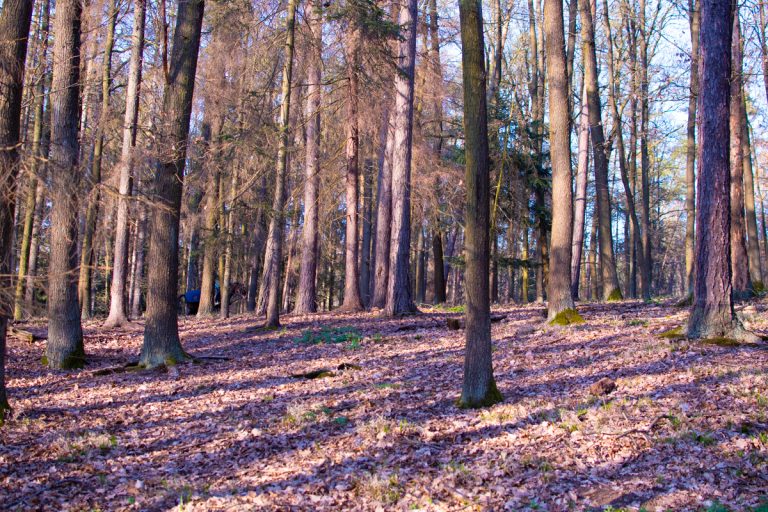Conservationists categorise many species in the Czech Republic as invasive, Tomas Gorner, of the Czech Nature Conservation Agency, told CTK, numbering 75 of the 1,576 non-native plant species and 113 of the 595 non-native animal species now discovered.
Gorner added that the number of invasive species has been slightly increasing in the long term.
The number of invasive plant and animal species on the EU list has increased from 37 in 2015 to 88 currently. The species on the EU list must meet EU-wide criteria, so the Czech list is more accurate, Gorner said.
He noted that in the Czech Republic, experts have observed the overuse of herbicides to kill invasive species.
According to him, the most widespread invasive plants in the Czech Republic are the Reynoutria weed and Himalayan balsam. The black locust tree is also considered invasive.
One of the most important invasive animals in Czech forests is the common raccoon. According to experts, it was present in less than 5% of the country in 2003, while today its permanent presence is estimated in about 11%.
In some places of the country, the invasive red-eared terrapin, a semi-aquatic turtle, has been widespread since 1950. There are now thousands of them, according to the database of the conservationists.
Widespread invasive plants and animals threaten native species, can alter entire habitats and harm people, Gorner said. For example, giant hogweed causes burns, and the pollen of the common ragweed can cause an allergic reaction.
Gorner said the further impact of invasive species can be observed, for example, in the case of the crayfish plague, which introduced a non-native species of crayfish from North America into the Czech Republic. As a result, crayfish have died out in some rivers.
Damage caused by invasive species is estimated at several tens of millions of crowns per year.
“To give you an idea, the project to suppress the giant hogweed tree in the Karlovy Vary Region between 2013 and 2015 cost roughly CZK 80 million. In the Doupovske hory mountains, the project to reduce the number of raccoons has now cost approximately CZK 17 million,” he added.
Invasive species can spread unintentionally, for example as part of imported goods or substrate. However, Gorner said the spread is often intentional, such as the spread of mink or nutria, linked to the demand for fur.
There are no statistics on the use of products to eradicate invasive species in the country. However, the consumption of chemical products to eradicate voles, one of the main pests in agriculture, increased from 64,452 kilograms in 2022 to 366,253 kilograms last year, or by roughly six times, according to information from the Czech Central Institute of Agricultural Inspection and Testing.
However, total consumption of chemical plant products fell by 363,000 kilograms last year compared to 2022. In 2023, Czech farmers used just under 10.5 million kilograms of these products, the Agriculture Ministry said last week.








